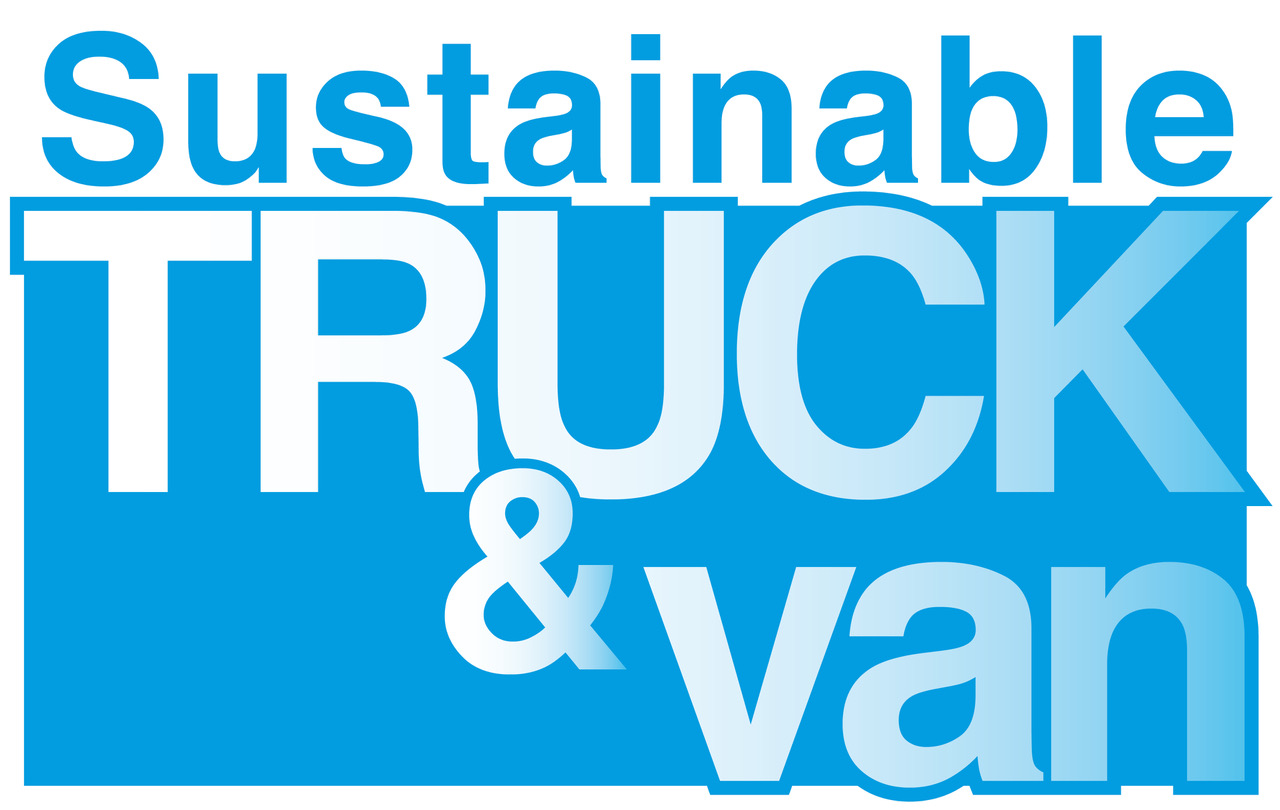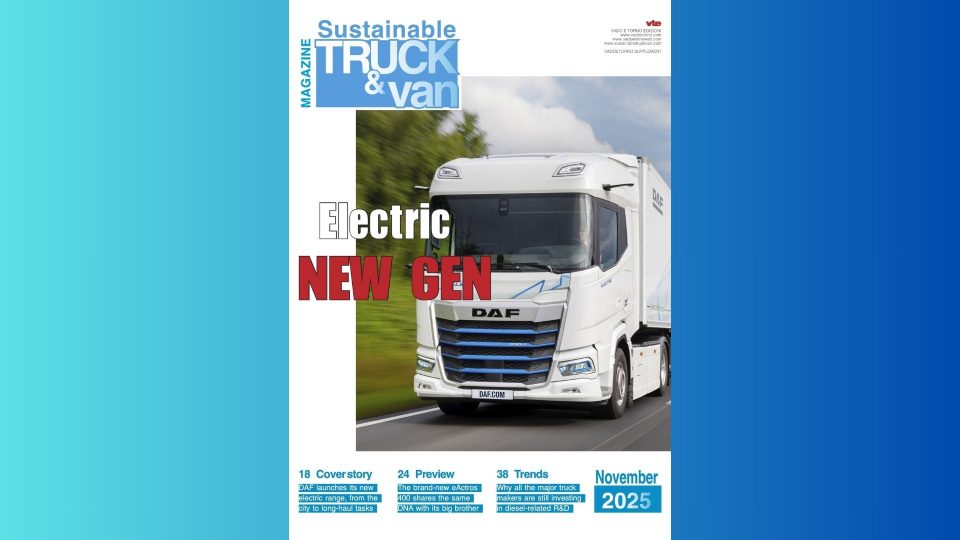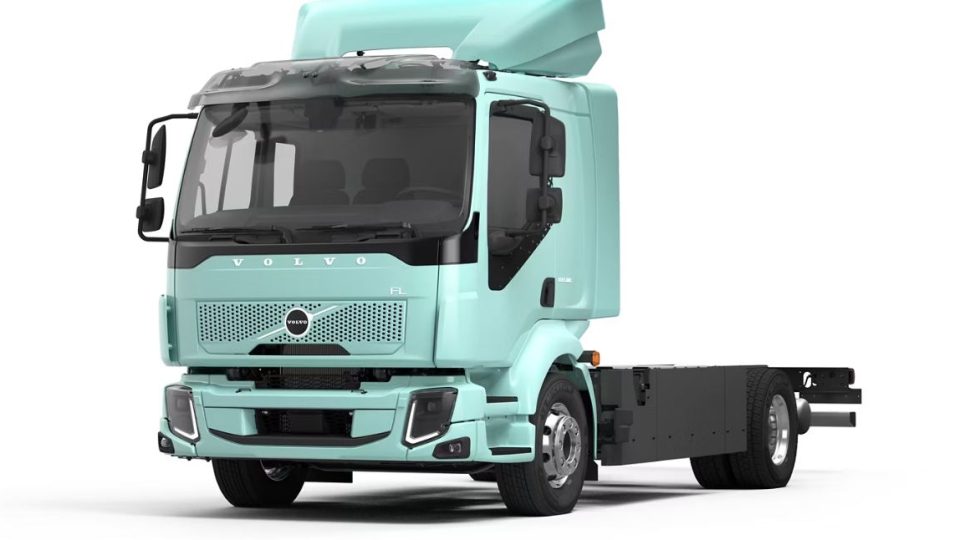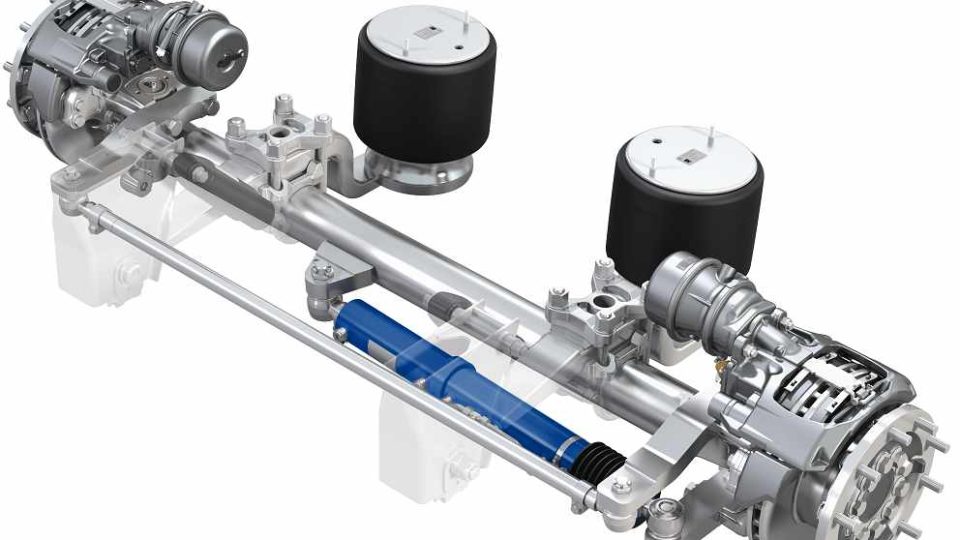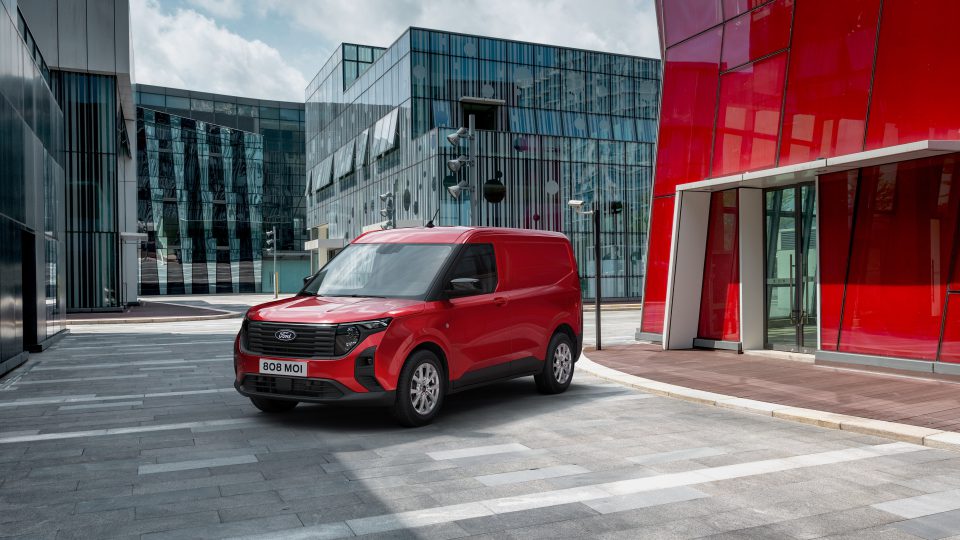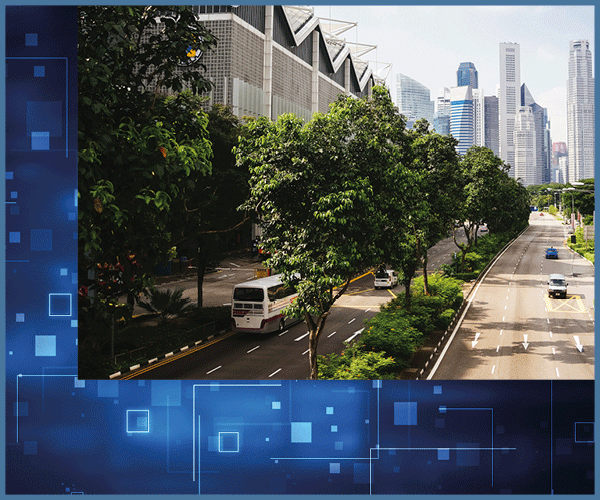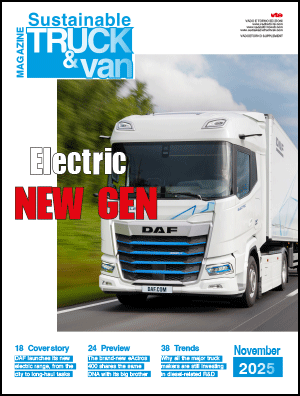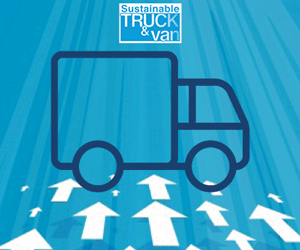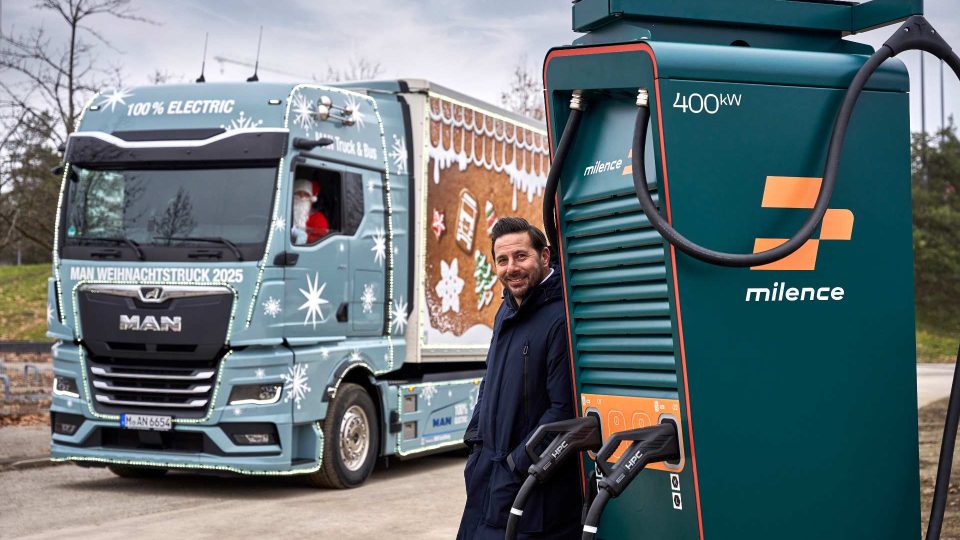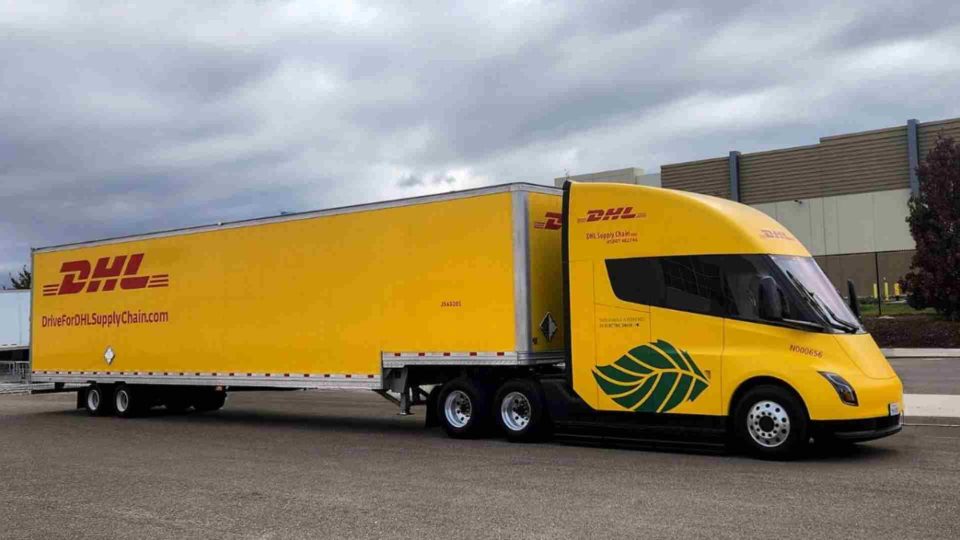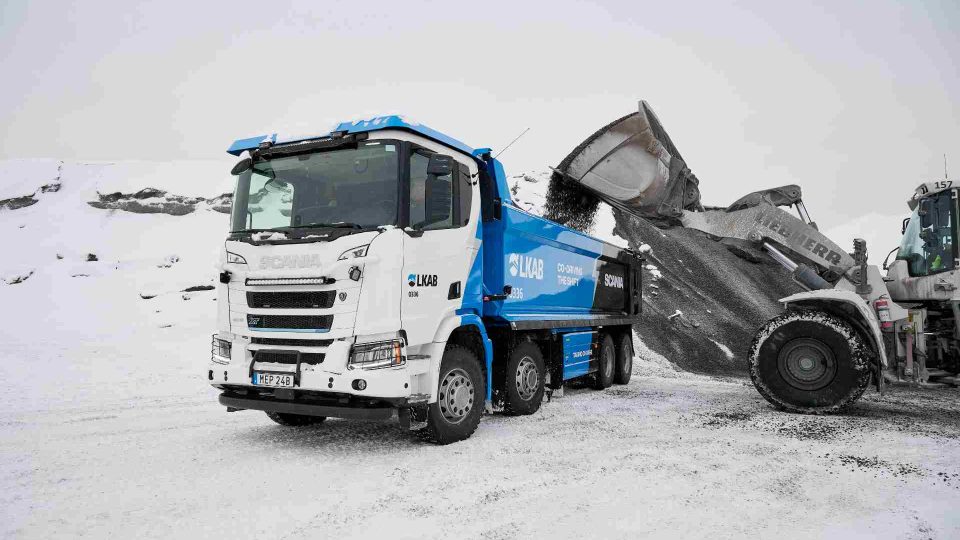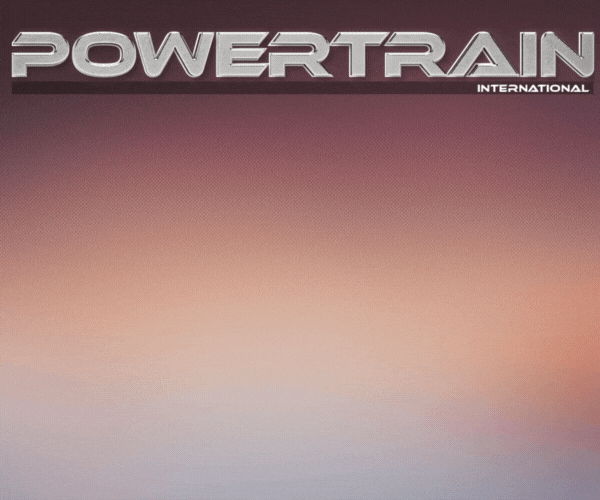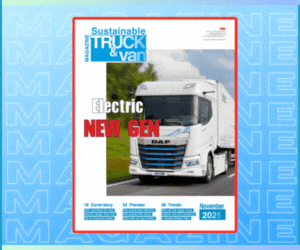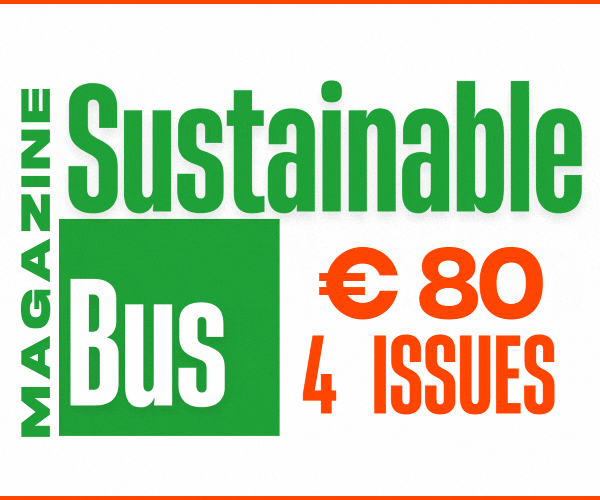A genset to increase range and overcome the issues of full electric. Scania and DHL to test the project
A fuel-powered generator will be used, conceived as an interim solution while fully electric trucks are being scaled and charging infrastructure built. The generator replaces one of the battery packs in a fully electric truck not needed for the majority of the transport routes, thus reducing the range coming from the batteries, but providing back-up energy.
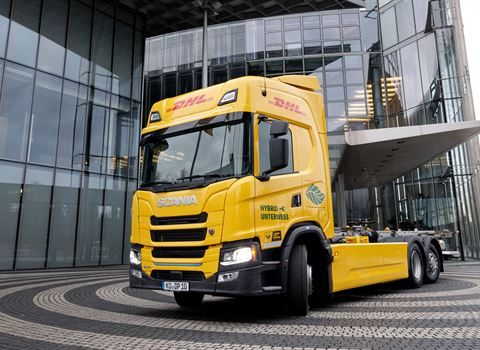
Scania and DHL will test and electric truck with “fuel-powered range extender”, as stated in an official note. It means a fuel-powered generator will be used, conceived as an interim solution while fully electric trucks are being scaled and charging infrastructure built. According to Scania and DHL, the vehicle helps to overcome these hurdles while enabling DHL to drive 80-90% on renewable electricity.
The new e-truck will be deployed by the Post & Parcel Germany division in February for parcel transport between Berlin and Hamburg to test its performance in day-to-day operations, before additional vehicles are added to DHL’s fleet. The fuel-powered generator replaces one of the battery packs in a fully electric truck not needed for the majority of the transport routes, thus reducing the range coming from the batteries, but providing back-up energy. The truck has a possible range of 650 to 800 kilometers (subject to the findings from the test).
Scania and DHL to create the acronym EREV
The EREV (Extended Range Electric Vehicle) is a 10.5 m long truck with a maximum weight of 40 metric tons, powered by a 230 kW electric engine (295 kW peak). Energy is delivered by a 416 kWh battery and a 120 kW gasoline powered generator. The latter will be initially powered by petrol and later by diesel fuel/HVO.
“The future is electric, but perfect must not be the enemy of good as we are getting there. The vehicle we have developed together with DHL is an example of interim solutions that can enhance the scaling of decarbonised heavy transport before the transport system eventually becomes 100 percent electrified. An effective climate transition requires that policymakers accept such solutions, while ramping up their investments in public infrastructure and other enabling conditions”, commented Scania CEO, Christian Levin.
“It is going to take some time before renewable electricity, the grid and charging infrastructure are available and robust enough to rely fully on battery-electric trucks, especially for a large-scale system like the German parcel network of DHL. Instead of waiting for this day to come, DHL and Scania are collaborating on a pragmatic solution for making logistics more sustainable and reduce CO2 emissions by more than 80%. This vehicle is a sensible, practical solution that can make an immediate contribution to reducing greenhouse gas emissions in freight transport short-term. Such reductions should be proportionally reflected in the road toll pricing and EU fleet emission scheme. We see this collaboration as a successful innovation project of two companies committed to battle climate change”, added DHL Group CEO Tobias Meyer.
